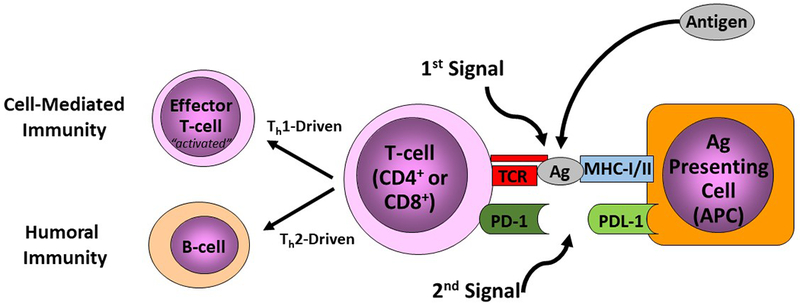Figure 1. Checkpoint regulators serve as a necessary second signal for immune responses:

Checkpoint regulators are membrane bound proteins which serve as a second signal to direct the immune response to a particular antigen. When an antigen is present it is bound by MHC class I or II receptors on an antigen presenting cell (APC) and presented to a T-cell Receptor (TCR). Following this a second signal, from a checkpoint regulator, is necessary to instruct the T-cell on how to respond to this antigen, shown here as the PD-1/PDL-1 interaction. Stimulatory signals from regulators can lead to activation, and subsequent cell and humorally mediated immunity, while inhibitory signals can lead to anergic t-cells unable to respond to further signals.
